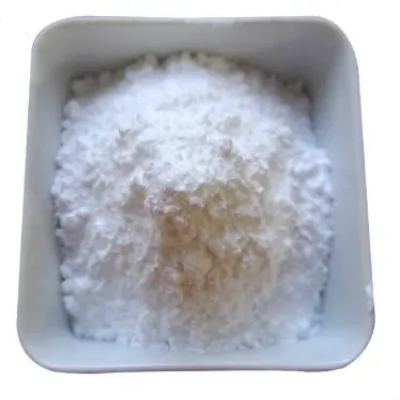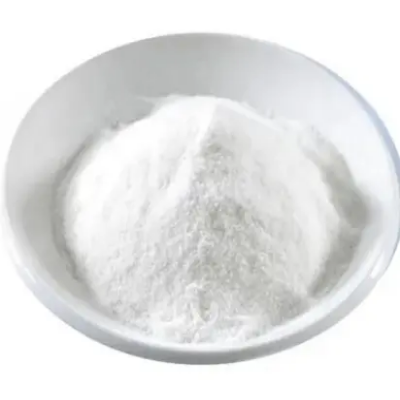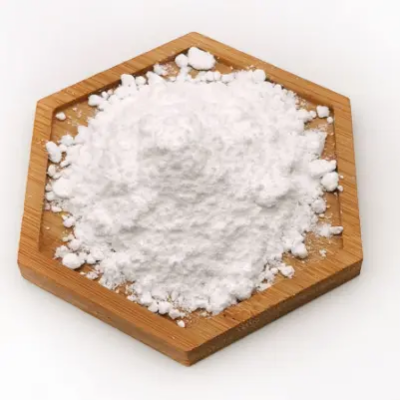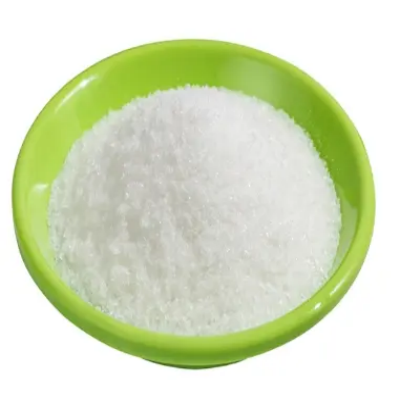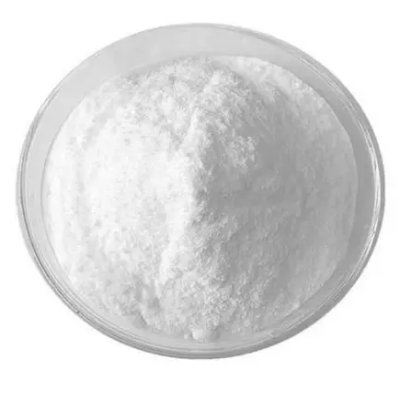2,4-Difluorophenyl isocyanate CAS:59025-55-7
2,4-Difluorophenyl isocyanate, with the molecular formula C₈H₆F₂N₂O, is synthesized through various methods, including the reaction of 2,4-difluorophenol with phosgene or via direct isocyanation of 2,4-difluorobenzoic acid. The presence of two electronegative fluorine atoms on the benzene ring significantly influences the compound's reactivity and stability, enhancing its polarity and electrophilic character. The primary application of 2,4-difluorophenyl isocyanate lies in its ability to react with nucleophiles, leading to the formation of ureas and carbamates. These types of compounds are essential in medicinal chemistry, where they can serve as key intermediates for synthesizing novel pharmaceuticals with enhanced biological activities. The fluorine substituents may improve a compound’s lipophilicity, metabolic stability, and bioavailability, making them attractive candidates for drug development. In addition to its role in pharmaceuticals, 2,4-difluorophenyl isocyanate has significant implications in material sciences. It can be used as a building block in the synthesis of polymeric materials, especially those that require specific mechanical and thermal properties. The incorporation of isocyanates into polymer backbones often results in materials with improved durability, flexibility, and resistance to chemicals, which are desirable in coatings, adhesives, and elastomers. Furthermore, the agrochemical industry benefits from this compound, as it can be utilized in the design of pesticides and herbicides. By modifying the isocyanate structure with different substituents, chemists can tailor the biological activity of these compounds, enhancing their effectiveness against specific pests while minimizing environmental impact. Overall, 2,4-difluorophenyl isocyanate stands out as a significant compound in modern organic synthesis. Its unique structural features and chemical reactivity provide numerous opportunities for innovation in drug discovery, polymer technology, and agrochemical applications, underscoring its importance across multiple scientific disciplines. Understanding its properties and potential uses can lead to advancements in creating effective therapeutic agents and advanced materials.



| Composition | C7H3F2NO |
| Assay | 99% |
| Appearance | white powder |
| CAS No. | 59025-55-7 |
| Packing | Small and bulk |
| Shelf Life | 2 years |
| Storage | Store in cool and dry area |
| Certification | ISO. |




